Detection of Capillary-Mediated Energy Fields on a Grain Boundary Groove: Solid–Liquid Interface Perturbations
Abstract
:1. Introduction
2. Variational Grain Boundary Grooves
2.1. Characteristic Size of Grain Boundary Grooves
2.2. Microstructure Free Energy
2.3. Variational Grooves
2.4. Equilibrated and Variational Grain Boundary Grooves
3. Thermo-Potential on Variational Grooves
3.1. Curvature of Variational Profiles
3.2. Gradient of the Gibbs–Thomson Thermo-Potential
3.3. Capillary-Mediated Fluxes
3.4. Capillary Flux Divergence
3.5. Cooling Distribution
4. Detecting Interfacial Energy Fields
4.1. Proportionality of Potential and Heat Rate
4.2. Sharp and Diffuse Interfaces
5. Numerical Model and Results
5.1. Multiphase-Field Model
5.2. Fidelity of the Groove Equilibration
- We set the ratio of the grain boundary’s energy density equal to twice that of the crystal/melt boundary, so chosen to produce after steady-state equilibration the desired dihedral angle of . (Refer to Section 2.2 and reference [21] for further details on this point.).
- We checked carefully that the required uniform 1D thermal gradient and its linear temperature distribution developed fully along the phase-field Y-grid ordinate scale of the evolved grain boundary groove.
- We measured the dihedral angle at each time-step [22]. After the dihedral angle approached its expected equilibrium value of zero, we continued further equilibration for an additional time-steps. This assured that any further relaxation would not occur on the equilibrated groove profile that could otherwise alter its shape and thermo-potential distribution surrounding the triple-junction region.
5.3. Post-Processing Residuals and Interface Fields
5.4. Interface Potential Residuals
5.5. Nonlinear Residuals of the Thermo-Potential
6. Conclusions
- The present study shows that even stationary microstructures, such as equilibrated grain boundary grooves, support persistent capillary-mediated energy fields that allow their precise measurement via multiphase-field numerics. Deterministic bias fields were shown previously as capable of stimulating complex pattern formation on moving interfaces that evolve during the entire course of solidification [1].
- The existence of capillary-mediated interface fields is demonstrated here on the basis of simulated isoline measurements along the solid–liquid interface of an equilibrated grain boundary groove. Phase-field measurements permit calculation of nonlinear residuals by subtracting from the isoline potential measurements the linear distribution imposed by the applied thermal gradient. Residuals are shown to be proportional to the capillary-mediated field strength at the interface.
- Symmetric grain boundary grooves provide well-studied examples of stable microstructures, which remain in constrained thermodynamic equilibrium in the presence of a uniform thermal gradient. The variational groove profile, which approximates the shape of the equilibrated grain boundary groove, is described by a closed-form transcendental solution to the Euler–Lagrange equation. The groove profile predicted from variational calculus yields linear extrema (absolute minima) of its free energy functional. This profile allows an accurate analytic estimate for the capillary field resident on a comparable equilibrated grain boundary groove.
- The equilibrated grain boundary groove profile proves to be a nonlinear energy minimizer because of interactions between its shape and its persistent interface field. The equilibrated grain boundary groove differs in shape only slightly from its variational profile. This allows the latter to be used to estimate the fields that actually develop on the former.
- The distribution of capillary-mediated interface fields on grain boundary grooves may be theoretically estimated from their variational solutions as the surface Laplacian of their Gibbs–Thomson thermo-potential, or, equivalently, from the divergences of their capillary-mediated tangential fluxes. The zero-dihedral angle variational groove, with isotropic solid–liquid energy density, yields a negative polynomial expression of cubic order for its bias field. This interface field exhibits persistent heat removal rates (cooling) that peak sharply in their intensities near the triple junction of the groove’s cusp.
- Phase-field thermo-potential residuals are quantities measured on a simulated grain boundary groove that are proportional to the strengths of the interface’s local cooling rate. Initial simulations and potential measurements presented here support theoretical predictions of cooling rates derived from sharp interface thermodynamics. It is doubtful that comparable experimental measurements of interface potential residuals can be accomplished with laboratory equilibrated grain boundary grooves by using current thermal measurement technology.
- Additional simulations of equilibrated grooves exhibiting larger dihedral angles are of interest also, as the interface fields expected for such grain boundary grooves should differ markedly from that found here for a grain boundary groove with .
- Capillary-mediated interface fields found here on a stationary grain boundary groove might have practical importance and applications to achieve a better understanding and control of solidification microstructures, considering that the energy rates for capillary-mediated interface fields might be manipulated through easily applied physical and chemical means. Such process controls applied in solidification could potentially lead to improved cast microstructures in alloys.
Acknowledgments
Author Contributions
Conflicts of Interest
References
- Glicksman, M.E. Capillary-mediated interface perturbations: Deterministic pattern formation. J. Cryst. Growth 2016, 450, 119–139. [Google Scholar] [CrossRef]
- Glicksman, M.; Voorhees, P.; Setzko, R. The Triple-Point Equilibria of Succinonitrile—Its Assessment as a Temperature Standard. In Temperature, Its Measurement and Control in Science and Industry; Schooley, J.F., Ed.; American Institute of Physics: New York, NY, USA, 1982; Volume 5, pp. 321–326. [Google Scholar]
- Rubinstein, E.; Tirmizi, S.; Glicksman, M. Long–Term Purity Assessment in Succinonitrile. J. Cryst. Growth 1990, 106, 167–178. [Google Scholar] [CrossRef]
- Huang, S.; Glicksman, M. Fundamentals of Dendritic Solidification: Part I—Steady-State Tip Growth. Acta Metall. 1981, 29, 701–716. [Google Scholar] [CrossRef]
- Huang, S.; Glicksman, M. Fundamentals of Dendritic Solidification: Part II—Development of Sidebranch Structure. Acta Metall. 1981, 29, 717–734. [Google Scholar] [CrossRef]
- Schaefer, R.J.; Glicksman, M.E.; Ayers, J.D. High-confidence measurement of solid/liquid surface energy in a pure material. Philos. Mag. 1975, 32, 725–743. [Google Scholar] [CrossRef]
- Bolling, G.; Tiller, W. Growth from the Melt. I. Influence of Surface Intersections in Pure Metals. J. Appl. Phys. 1960, 31, 1345–1350. [Google Scholar] [CrossRef]
- Weinstock, R. Calculus of Variations; Dover Publications, Inc.: New York, NY, USA, 1974; pp. 20–31. [Google Scholar]
- Glicksman, M.E. Principles of Solidification; Springer: New York, NY, USA, 2011; p. 287. [Google Scholar]
- Antczak, G.; Ehrlich, G. Jump processes in surface diffusion. Surf. Sci. Rep. 2007, 62, 39–61. [Google Scholar] [CrossRef]
- Basu, A.S.; Gianchandan, Y.B. Virtual microfluidic traps, filters, channels and pumps using Marangoni flows. J. Micromech. Microeng. 2008, 18, 115031. [Google Scholar] [CrossRef]
- Carslaw, H.; Jaeger, J. Conduction of Heat in Solids, 2nd ed.; Oxford Science Publications, Clarendon Press: Oxford, UK, 1959; pp. 17–19. [Google Scholar]
- Xu, J.J. Interfacial Wave Theory of Pattern Formation in Solidification, 2nd ed.; Springer Series in Synergetics (Complexity); Springer: Cham, Switzerland, 2017; pp. 16–21. [Google Scholar]
- DeHoff, R. Thermodynamics in Materials Science; Materials Science and Engineering Series; McGraw-Hill Inc.: New York, NY, USA, 1993; pp. 52–55. [Google Scholar]
- Kellogg, O. Foundations of Potential Theory; Dover Publications: New York, NY, USA, 1953; p. 175. [Google Scholar]
- Glicksman, M. Diffusion in Solids, Field Theory, Solid-State Principles, and Applications; Interscience Series; John Wiley & Sons, Inc.: New York, NY, USA, 2000; pp. 76–94. [Google Scholar]
- Glicksman, M.E. Mechanism of Dendritic Branching. Metall. Mater. Trans. A 2012, 43, 391–404. [Google Scholar] [CrossRef]
- Garcke, H.; Nestler, B.; Stinner, B. A Diffuse Interface Model for Alloys with Multiple Components and Phases. SIAM J. Appl. Math. 2004, 64, 775–799. [Google Scholar]
- Nestler, B.; Garcke, H.; Stinner, B. Multicomponent alloy solidification: Phase-field modeling and simulations. Phys. Rev. E 2005, 71, 041609. [Google Scholar] [CrossRef] [PubMed]
- Nash, G.; Glicksman, M.E. A general method for determining solid–liquid interfacial free energies. Philos. Mag. 1971, 24, 577–592. [Google Scholar] [CrossRef]
- Ankit, K.; Xing, H.; Selzer, M.; Nestler, B.; Glicksman, M.E. Surface rippling during solidification of binary polycrystalline alloy: Insights from 3-D phase-field simulations. J. Cryst. Growth 2017, 457, 52–59. [Google Scholar] [CrossRef]
- Hötzer, J.; Tschukin, O.; Said, M.; Berghoff, M.; Jainta, M.; Barthelemy, G.; Smorchkov, N.; Schneider, D.; Selzer, M.; Nestler, B. Calibration of a multi-phase field model with quantitative angle measurement. J. Mater. Sci. 2016, 51, 1788–1797. [Google Scholar] [CrossRef]
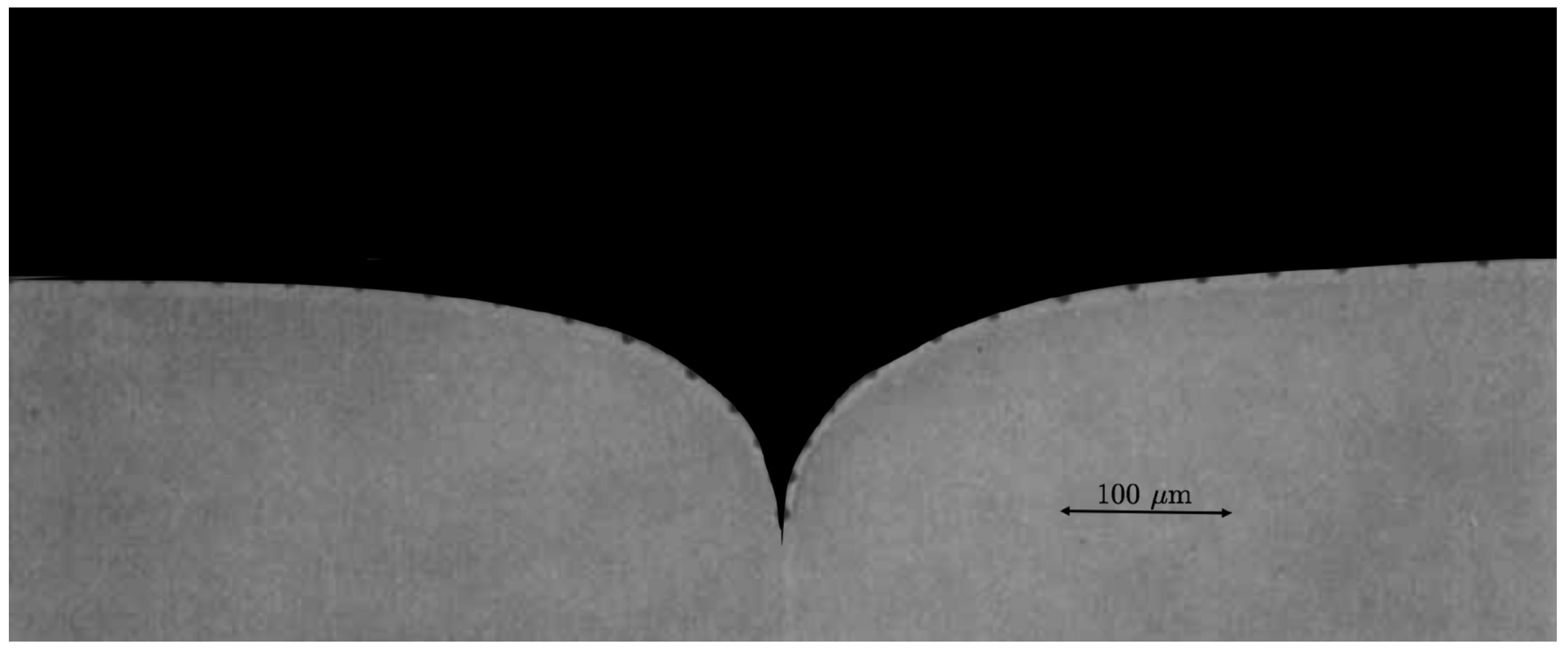
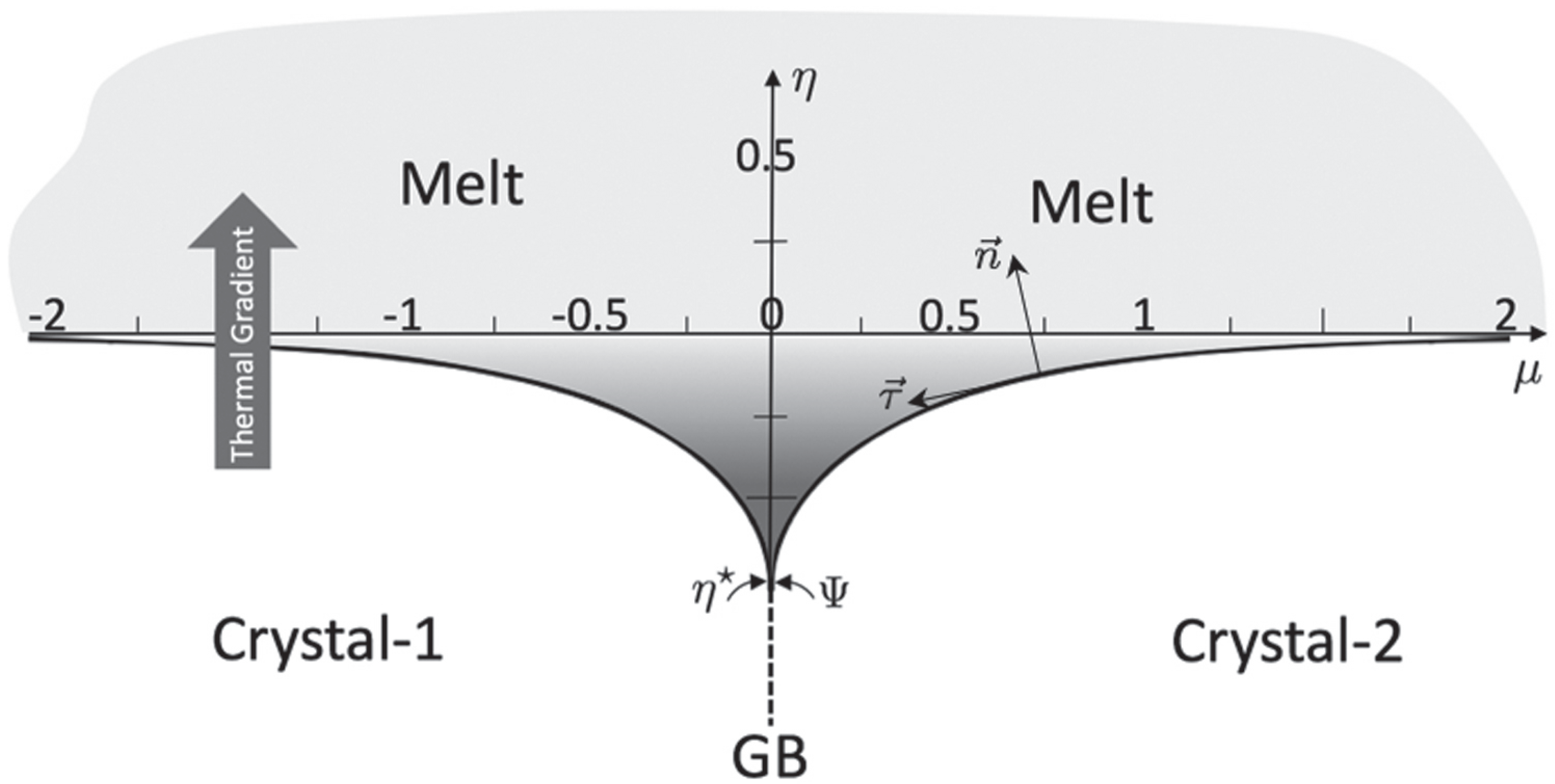
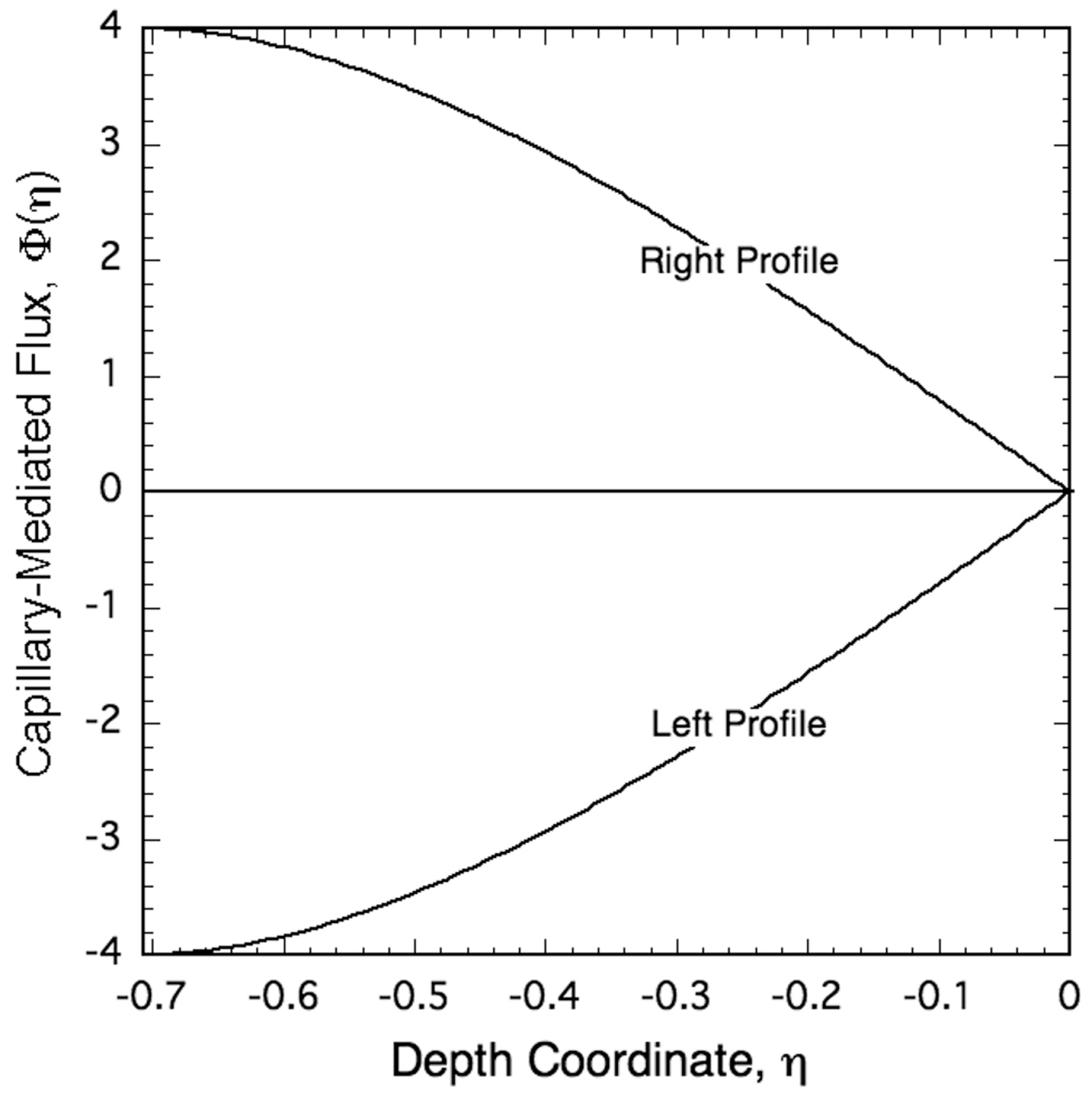

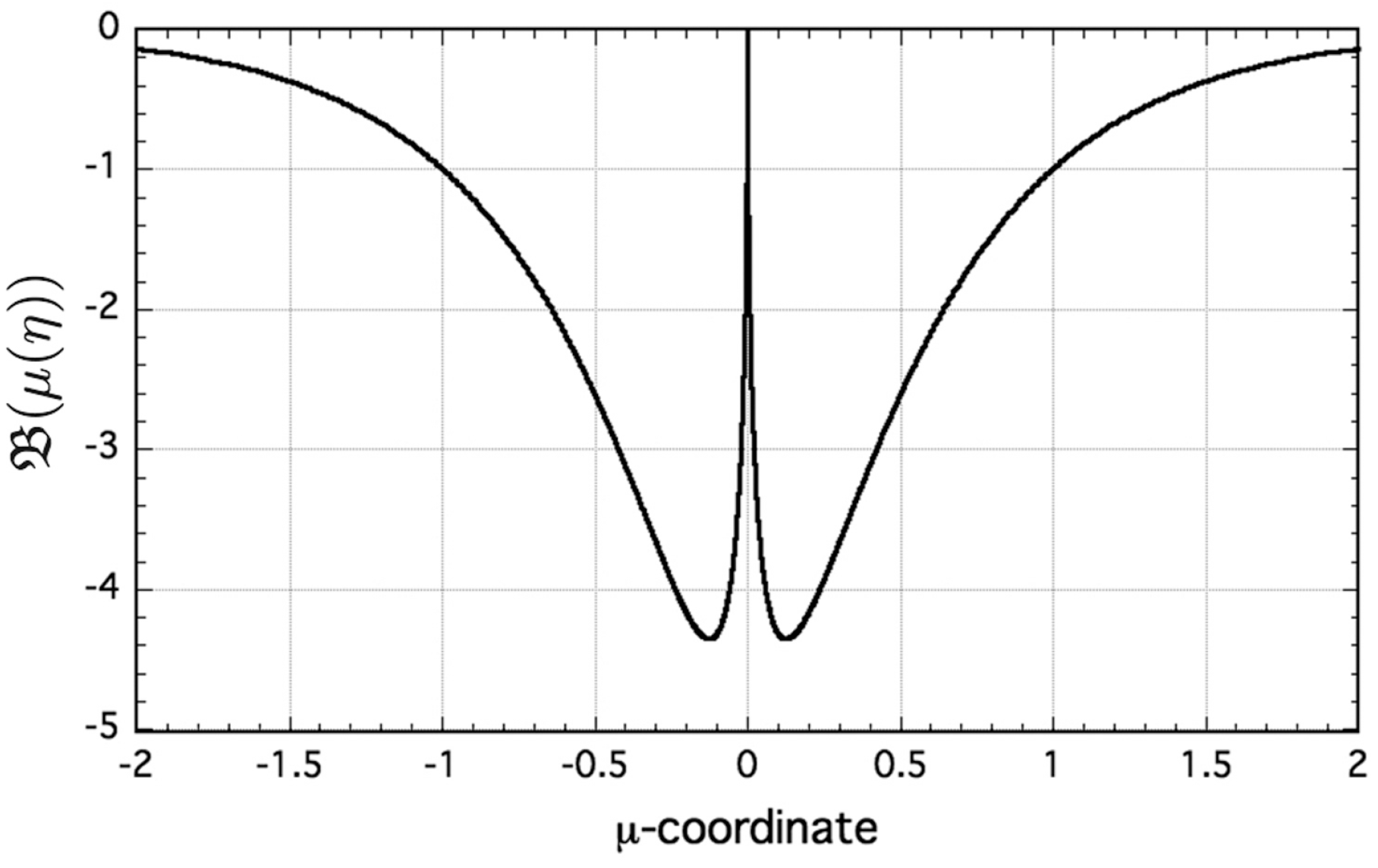
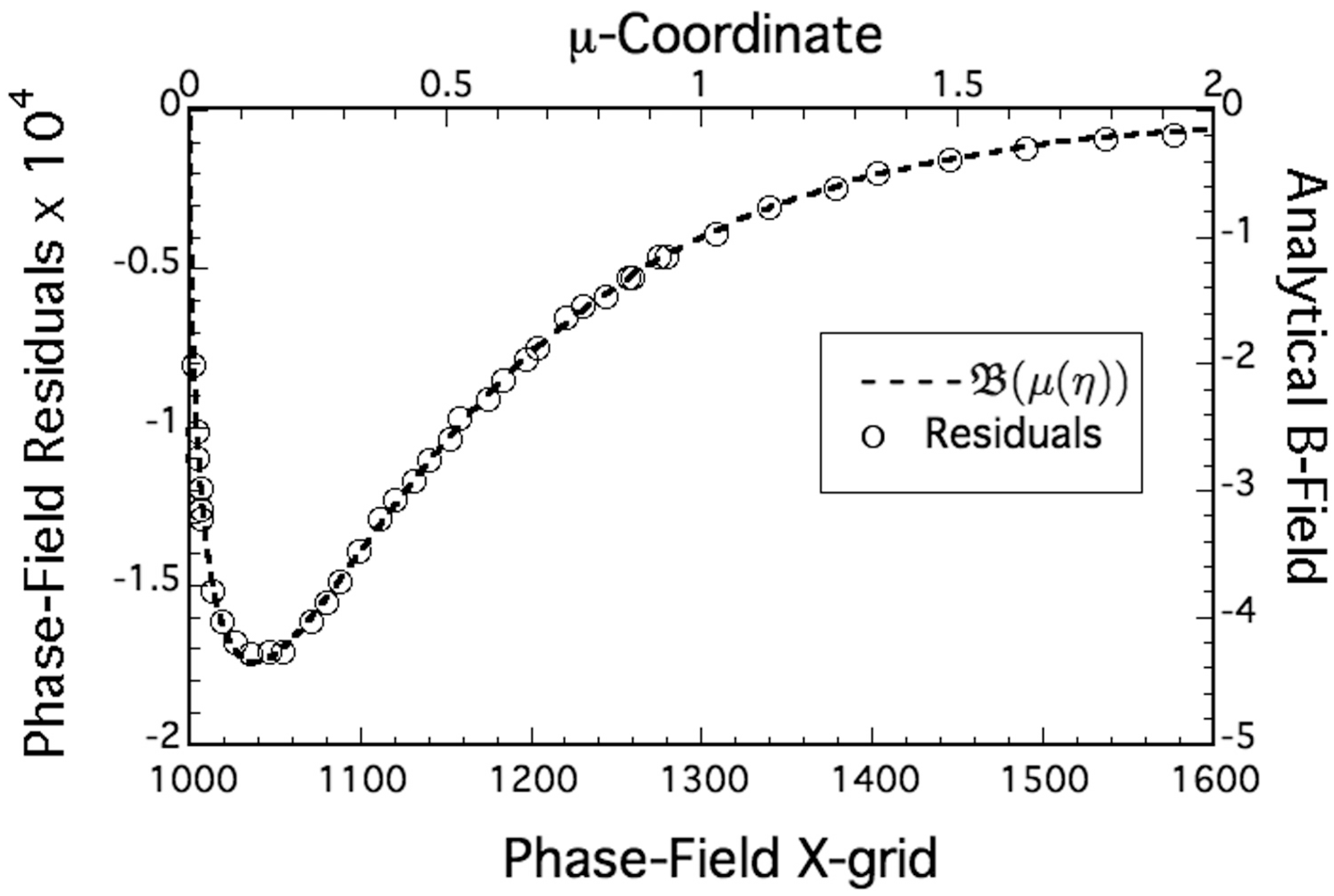
© 2017 by the authors. Licensee MDPI, Basel, Switzerland. This article is an open access article distributed under the terms and conditions of the Creative Commons Attribution (CC BY) license (http://creativecommons.org/licenses/by/4.0/).
Share and Cite
Glicksman, M.; Ankit, K. Detection of Capillary-Mediated Energy Fields on a Grain Boundary Groove: Solid–Liquid Interface Perturbations. Metals 2017, 7, 547. https://doi.org/10.3390/met7120547
Glicksman M, Ankit K. Detection of Capillary-Mediated Energy Fields on a Grain Boundary Groove: Solid–Liquid Interface Perturbations. Metals. 2017; 7(12):547. https://doi.org/10.3390/met7120547
Chicago/Turabian StyleGlicksman, Martin, and Kumar Ankit. 2017. "Detection of Capillary-Mediated Energy Fields on a Grain Boundary Groove: Solid–Liquid Interface Perturbations" Metals 7, no. 12: 547. https://doi.org/10.3390/met7120547




